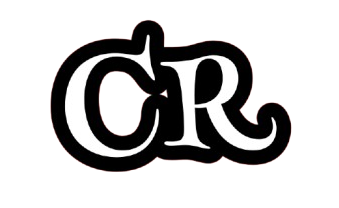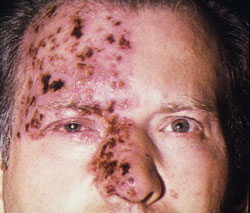We read the comment by Dr. Marston and Dr. Xuereb in our review article [1], which argued that there is varying evidence implicating Hutchinson’s sign with herpes zoster ophthalmicus (HZO). Though they cite one work where Hutchinson sign was not significantly associated with HZO [2], this study was considerably lesser powered than the cumulation of other works which have independently reported a significant association [3,4,5]. Of these works, Harding and colleagues (1987) further communicate that intraocular involvement may not immediately present in the emergent period (of rash formation), such as the 10-day window utilized by Adam and colleagues [2, 3]. While the authors suggest that there are varying results from available studies, they do not provide further counter-evidence to their claim. Rather, they reference Hutchinson’s original publication of thirteen cases, whose preliminary observations run counter to the authors’ claim.
It is implied in our article that Hutchinson’s sign is obviously not an infallible predictor of HZO. Its absence should not confer the absence of eye involvement, nor should it justify overlooking the greater clinical picture or even forgoing ophthalmic examination. This is especially true if the patient presents with a red eye or upper eyelid involvement. However, the predictive utility of Hutchinson’s sign is well documented in the literature, and rather than being used as an absolute screening tool, we simply communicated that its presence should raise suspicion of intraocular involvement. This association is not a surprise given that the nasociliary nerve innervates structures of the globe. We advise that Drs. Marston and Xuereb continue to review the literature which supports this conclusion.

